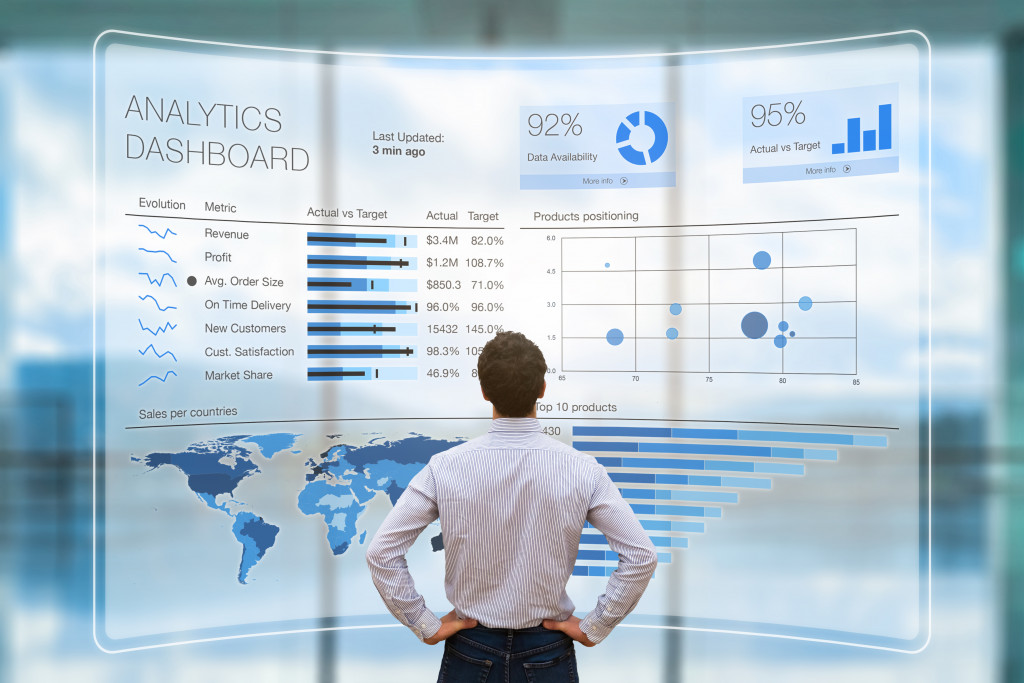The pandemic drastically affected how we live our lives and conduct even the most traditional business practices. While digitalization, technological integration, and e-commerce have long been in the works for businesses, the challenges brought by lockdown orders have shone an even brighter spotlight on tech. The technological landscape continues to be one of the fastest-growing and innovative sectors. The research and development initiatives in place in countries all over the globe towards these efforts continue to skyrocket. Developed countries with the resources and funding needed to work on projects that affect the medical, labor, manufacturing, oil, and gas industries continue to pump out technology that improves widely utilized business models.
International and large-scale companies are continuously on the lookout for programs and technology that can help streamline business processes and improve their profit margins. In the age of the new normal, we’re even seeing smaller-scale businesses take significant leaps towards technological integration to serve their consumers better. It’s no secret that big and small businesses took extensive hits to their bottom lines as the world essentially came to a standstill during the peak of the pandemic. Pivoting business models, comprehensive new market research, and adaptable practices have all contributed to keeping business alive during such rocky times. However, it’s important to note that the new normal has also brought opportunities for businesses to grow and evolve to match the market’s shift in behavior. Companies that hold their clients and customers at the heart of their business have taken significant steps into the modern era.
Automation and Robotics
During the pandemic, most of the workforce across most industries were forced to shelter in place and could not come into the office. Particularly in the manufacturing industry, automation has been a priority for tasks deemed too dangerous to be performed by humans or was repetitive enough to be replaced by robotics or a machine. These machines were deemed by businesses to be faster, cheaper, and more accurate. With the risk of the pandemic at its peak, companies doubled down on their automation projects to prioritize their workers’ health. The automotive industry, electronics manufacturing, law enforcement, and even the medical field have benefited from adopting this new technology.
Telemedicine or Telehealth

The medical industry underwent immense changes in the name of health and safety. Managing to continue to help save lives while also maintaining the safety of the health workers proved a significant challenge during the early days of the pandemic. As hospitals got a grip and developed tailor-made protocols to keep both patients and doctors safe, we saw the rise of telemedicine. Patients who suffered from illnesses not associated with the coronavirus had difficulties seeing their practitioners due to the fear of contagion.
Telemedicine provided patients with a website or application that directly allowed them to communicate with their doctor from the safety of their own homes. Although the service certainly has its own limitations, vital doctors’ visits and even communication between health workers from international locations proved an invaluable resource for both hospitals and patients.
Providing the service also significantly lowered the chances of spreading the virus with a simple and unrelated doctor’s visit. Patients with autoimmune diseases and undergoing treatments also benefited from this virtual service.
Augmented and Virtual Reality
Companies have looked into the utilization of virtual reality headsets for years prior to the pandemic to boost their technological integration for both employees and consumers. Spending related to AR and VR headsets rose by 50% in 2020 compared to 2019. The technology proved helpful not just in the gaming industry, where it’s perhaps best known for but also for other practical uses.
Similar to automotive manufacturing, the headset could be used when discussing the blueprint for a new vehicle as it allowed engineers to walk around and manipulate the car virtually. The real estate industry also offered virtual tours to buyers for their properties, replacing those essential walkthroughs indispensable to finalizing sales. The in-depth services and the best mortgage rates coupled with the technological integration made for a pleasing modern experience for buyers.
Data and Key Performance Indicators (KPIs)
Moving a significant chunk of the workforce to work from home also affected the efficiency and productivity of businesses. The learning curve was undoubtedly expected but was also something that needed to be quickly addressed. Migrating data online and establishing productivity trackers were essential in monitoring the business’ KPIs remotely. Real-time analytics and easy-to-use user interfaces on programs like Microsoft teams were a critical part of the remote work industry.
The race for innovative business solutions that utilize the best technology available to companies continues well into the new normal. We’re set to see how the hybrid working environment will mesh both traditional business practices and modern technology to develop even better business landscapes.

